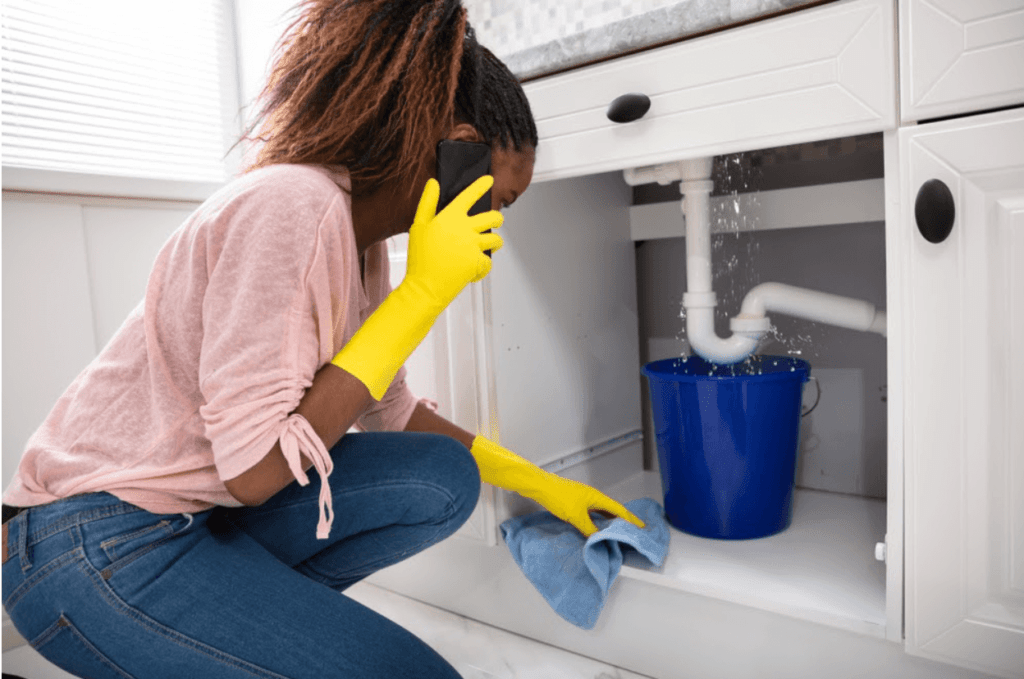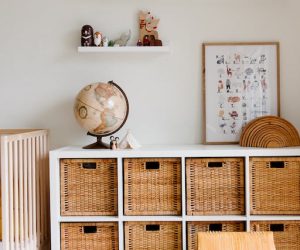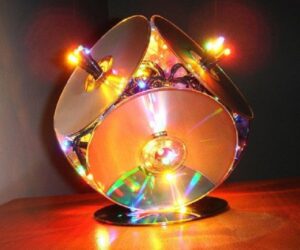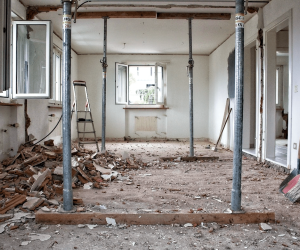Home is where the heart is, and the last thing you want is for disaster to strike in a place that is meant to be your personal sanctuary. Unfortunately, no matter how old or new your home may be, it is still susceptible to various breaks, issues and malfunctions. The best thing you can do to ensure that a small problem doesn’t turn into a big one is always to do your best to preemptively alleviate any potential issue to nip it in the bud. Today, we look at our top 4 tips when it comes to what you can do to prevent your home from becoming a victim of damage, so read on to find out more!

1. Water Damage
Water damage is something that is particularly dangerous for your home, especially when left untreated. When leeks go unnoticed for a while, you risk permanently weakening your home’s structure and an accumulation of mould and bacteria that can make you and your loved ones dangerously ill. Water damage also causes unsightly discolouration on walls and ceilings and can even end up warping your floors.
The best way to stay on top of any potential water trouble is to regularly check for leaks and to keep your gutters free from debris. You should also ensure that your pipes are adequately insulated and last but not least, if you sense that something is wrong, you should contact an emergency plumber in the Sunshine Coast as soon as possible.
2. Pest Infestations
As unpleasant and skin crawling as it is to think about, pest infestations are incredibly common in both apartments and houses. Some common pests include rodents, termites, ants, bedbugs, spiders and those darn cockroaches that make even the bravest of us shiver. One of the main reasons for pest infestation is a lack of reinforcement in possible entry points that allow pests to sneak in. Another large factor is the presence of food, water, moisture and even humidity. The best thing you can do to safeguard your home from pests is to seal any possible entrances around your home and to keep food and other items stored securely. Some areas to pay extra attention to include vents, air bricks, soffits, chimneys, windows and doorways.
3. Poor Ventilation and Air Quality
Another common household issue that many face is poor ventilation and indoor air quality. Clean, breathable air is an absolutely vital component of leading a happy and healthy life. Unfortunately, this can be hindered by a variety of factors, including pet dander, allergens, and the most dangerous of all — chipping lead paint. It is important to note that lead paint can be toxic if allowed to decay and infiltrate the air you breathe and can make you and your loved ones sick in the long run. This is why it is so important to monitor your air quality and to be on the lookout for contaminants. This can be as simple as changing your home’s HVAC filters, or as serious as getting a professional in to solve the problem, depending on your individual circumstances.
4. Electrical Issues
Some of the most common electrical issues that many homeowners face include electrical surges, sags and dip in power and circuit breakers that seem to trip more than they should. It doesn’t take an expert to know about the potential life threatening dangers of electricity gone wrong which is why we always recommend enlisting the help of a licensed electrician if you suspect you may have an electrical problem. Some tips for ongoing maintenance include ensuring that you replace damaged cords, avoid overloading powerpoints and never use any appliances that are broken or in poor condition.
When it comes to potential hazards and issues in the home, it is always better to be safe than sorry. We hope that this article has given you a few handy tips on how you can ensure that your home is protected at all times. As always, if you have any doubts about something around the home, your best bet is to get in contact with a licensed professional as soon as possible. All the best!



